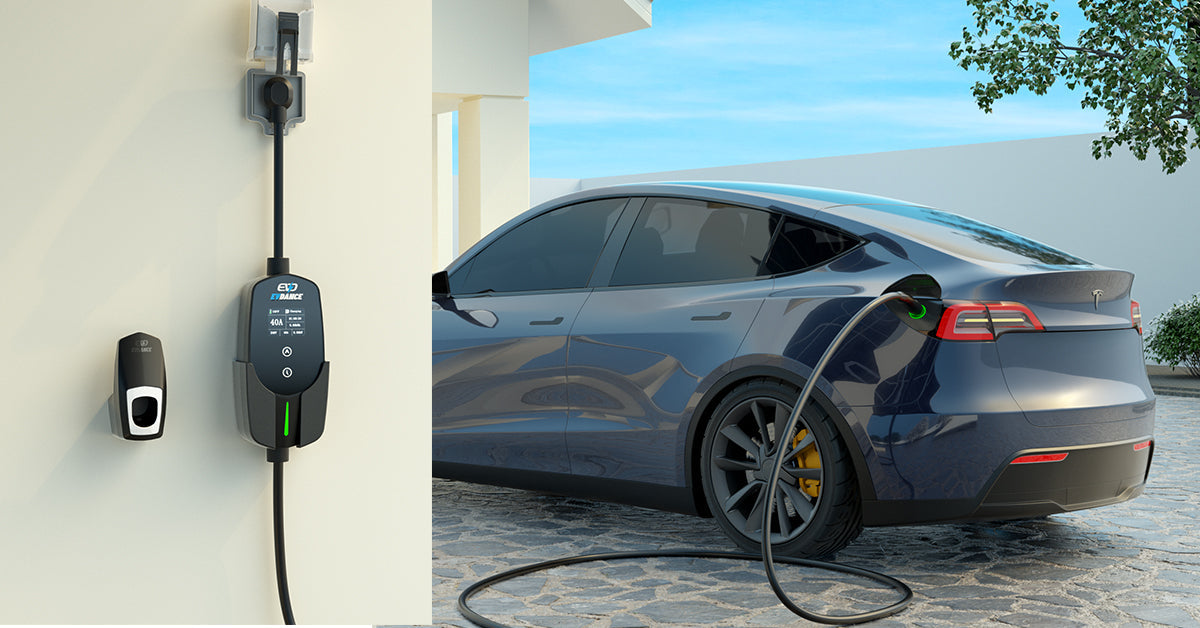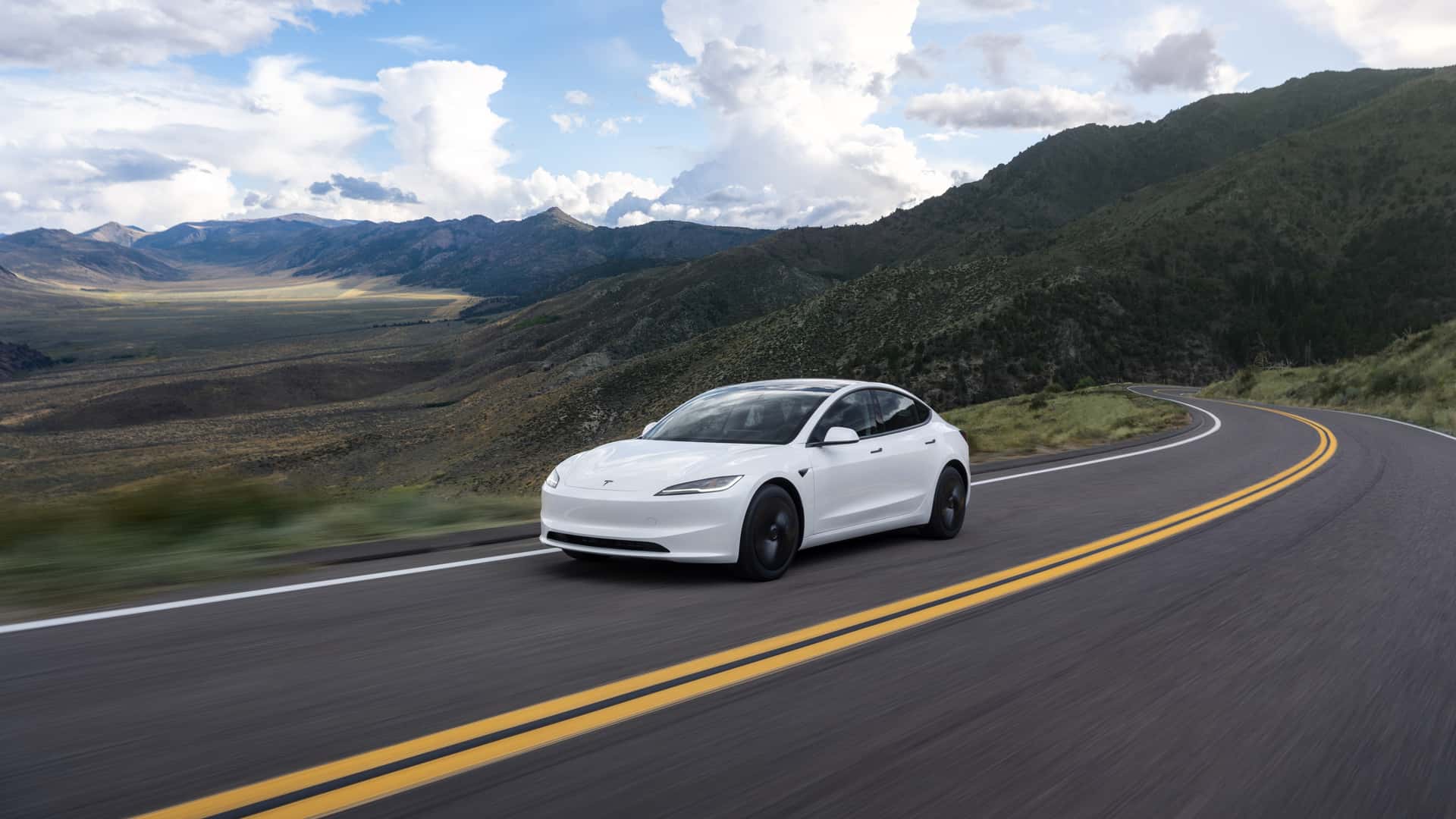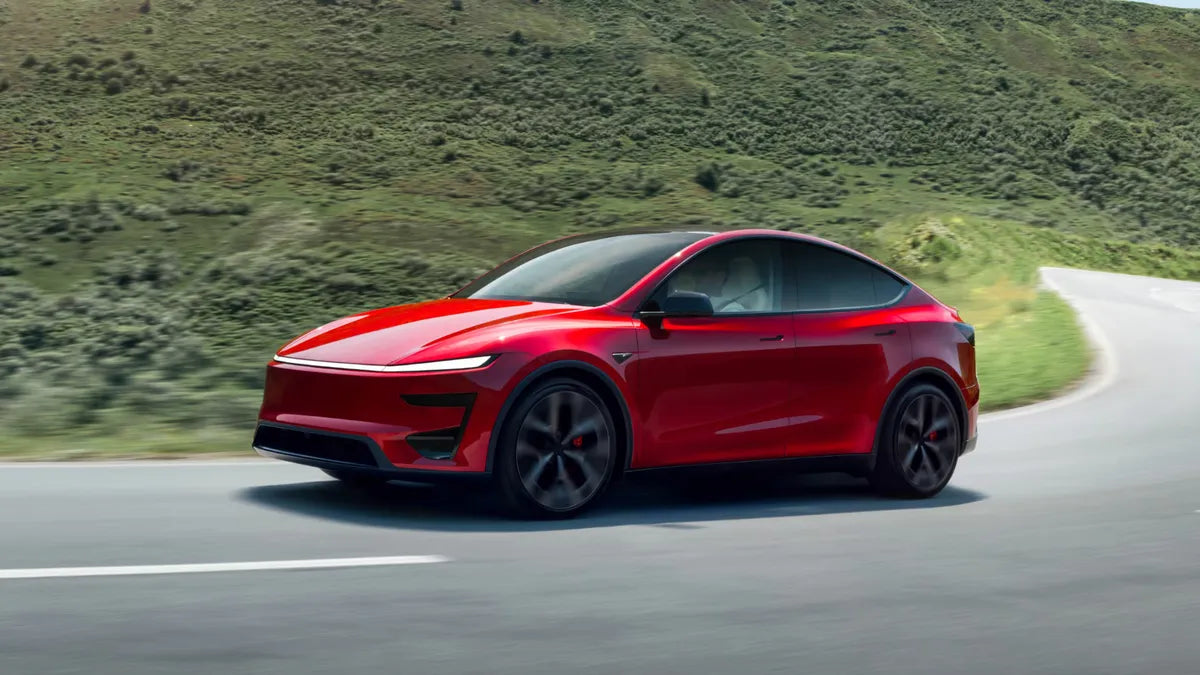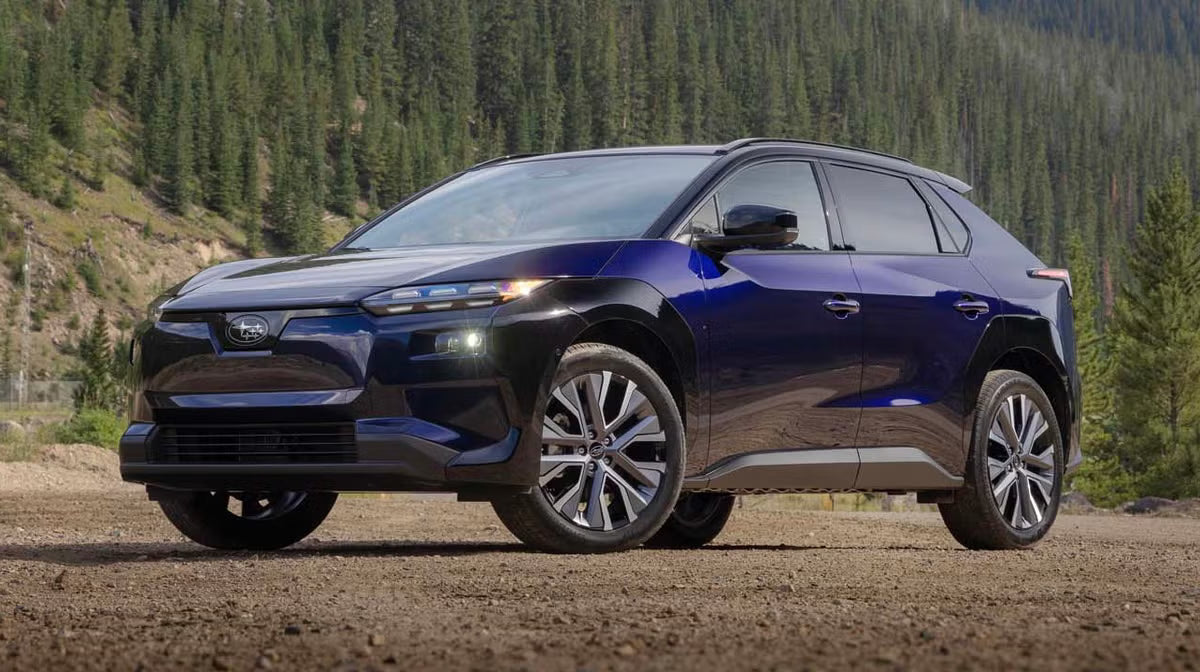As electric vehicles (EVs) become increasingly popular, ensuring the safety and longevity of EV chargers is crucial. One often overlooked but essential device is the surge protector. Surge protectors safeguard your EV charger from electrical surges, which can cause severe damage to both the charger and your vehicle. In this guide, we will explore why surge protectors for EV chargers are necessary, how to choose the right one, and key factors to consider when installing one.
What is a Surge Protector?
A surge protector is a device that shields electrical appliances from voltage spikes by blocking or shorting any excess voltage. In the case of EV chargers, surge protectors help prevent damage caused by power surges, which can result from lightning strikes, faulty wiring, or power grid issues.
Why Surge Protectors Are Essential for EV Chargers
EV chargers are expensive and critical to your vehicle's operation. Any damage to the charger or electrical system can result in costly repairs or replacements. Here's why surge protectors are necessary:
- Protect Your Investment: EV chargers, whether home or public, are significant investments. A surge protector ensures their longevity.
- Prevent EV Damage: Voltage spikes can damage not just the charger but also your vehicle's battery and electronic systems.
- Safety: Preventing surges reduces the risk of electrical fires caused by overvoltage incidents.
Key Features to Look for in a Surge Protector for EV Chargers
When selecting a surge protector for your EV charger, there are several factors to keep in mind:
- Joule Rating: The higher the joule rating, the more energy the surge protector can absorb. For EV chargers, a minimum rating of 2000 joules is recommended.
- Clamping Voltage: This is the voltage at which the surge protector will activate. Look for a clamping voltage of around 400V for optimal protection.
- Response Time: The faster the response time, the better. A good surge protector should react in less than a nanosecond.
- UL Certification: Ensure the surge protector is UL listed, as this certifies it meets safety standards.
How to Install a Surge Protector for Your EV Charger
Installation can be simple or complex depending on your setup. Most residential users can install a surge protector on their own or hire an electrician for more permanent installations.
- Inline Installation: This is the most common method for integrating a surge protector directly into the charger’s power line.
- Plug-in Models: Some surge protectors are plug-and-play and can easily be inserted between the charger and outlet.
- Hardwired Models: For a more permanent solution, hardwired surge protectors are installed directly into your electrical panel.
Top Surge Protectors for EV Chargers in 2024
Here is a list of the top-rated surge protectors designed specifically for EV chargers:
-
Siemens FS140 Whole House Surge Protector
- Joule Rating: 140,000
- Clamping Voltage: 400V
- UL Listed
-
Eaton CHSPT2ULTRA Ultimate Surge Protector
- Joule Rating: 2880
- Clamping Voltage: 600V
- UL Listed
-
Leviton 51120-1 Panel Mount Surge Protector
- Joule Rating: 3400
- Clamping Voltage: 400V
- UL Listed
Where to Place a Surge Protector for Maximum Efficiency
Choosing the right location for your surge protector is just as important as selecting the right model. Here are some ideal spots for surge protector placement:
- Near the Electrical Panel: This is the most common placement for whole-house surge protectors that cover all electrical outlets.
- At the EV Charger Outlet: For plug-in models, place the surge protector directly between the EV charger and the outlet.
- Near Outdoor Chargers: If you have an outdoor charger, consider surge protection with weatherproofing features to prevent water damage.
Additional Considerations for Outdoor EV Chargers
For EV chargers installed outdoors, surge protection becomes even more crucial due to exposure to environmental factors. Waterproof and weather-resistant surge protectors are necessary to prevent moisture-related damage.
Hyperlinks to include:
- Buying Guide: Link to a page that explains how to choose the best surge protector for EV chargers.
- Installation Video: Link to a tutorial video showing how to install surge protectors for EV chargers.
- Product Reviews: Link to detailed reviews of the surge protectors mentioned in this guide.
Conclusion
Surge protectors are an essential but often overlooked accessory for EV chargers. By investing in the right surge protector, you can protect both your charger and your vehicle from potentially costly damage. Whether you're installing a home charger or using a public one, make sure to add this layer of protection to safeguard your investment.
By following these tips, you’ll be able to make an informed decision about choosing and installing a surge protector for your EV charger, ensuring maximum efficiency and safety for years to come.
Recommend Reading: Can I Charge My EV at Home Without Installing Anything?








Share:
Should I Install Home Battery Storage? Making the Most of Your Solar Panels
The Advantages, Current Status, and Future Prospects of Hybrid Cars